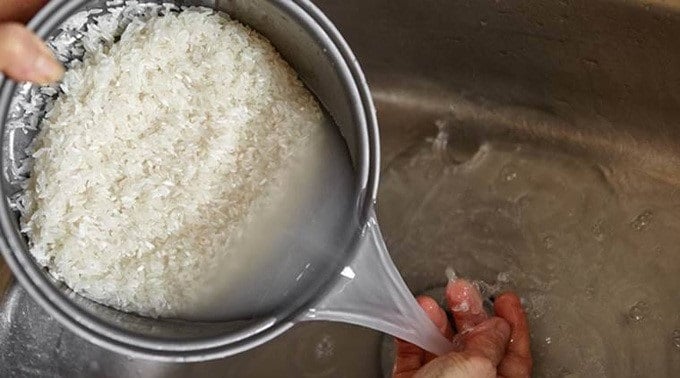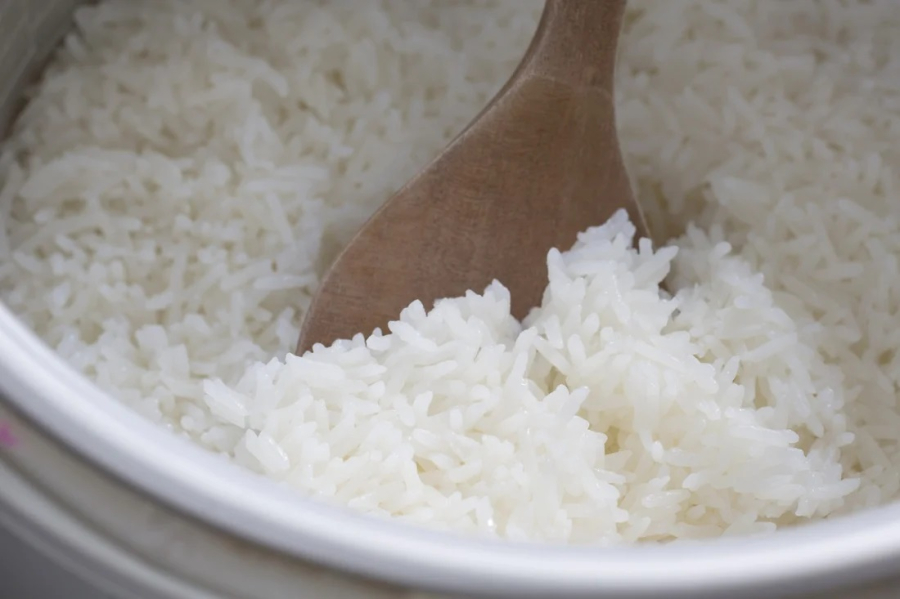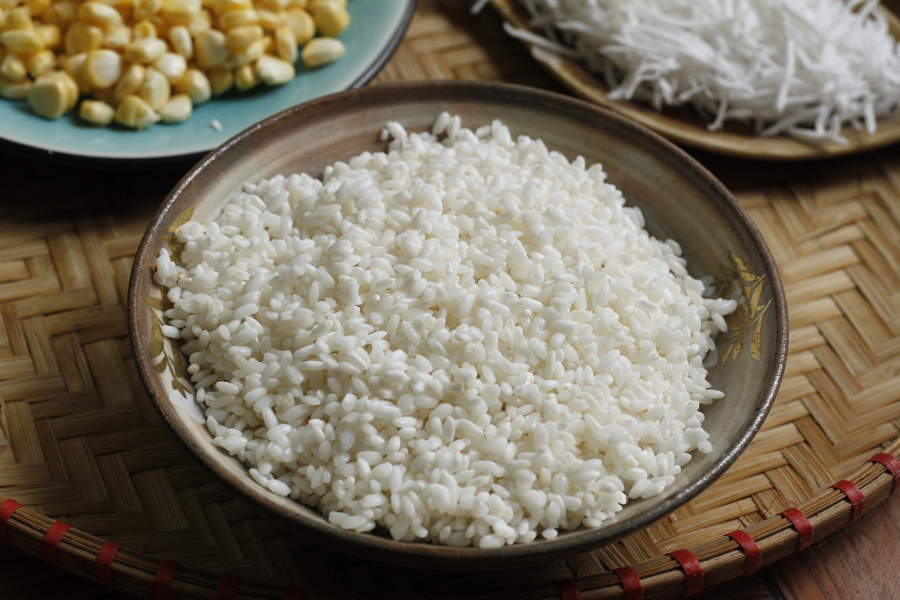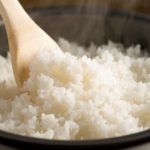Why should you rinse rice before cooking?
A recent study from the Beijing University of Business and Technology (China) has shown that whether or not you rinse rice does not affect the stickiness and elasticity of the cooked rice grains.

The stickiness and elasticity of the rice grains do not depend on the surface starch but on a different type of starch called amylopectin. They will form during the cooking process.
However, the research team found that rinsing rice multiple times is still necessary. Rinsing rice not only helps to remove dirt and leftover bran husks but also insects and other impurities. This is especially important when processing and handling rice in some places that are not very meticulous.
In addition, rinsing rice also helps to effectively remove microplastics in rice. The study showed that regardless of the type of plastic packaging, they all leave a certain amount of microplastics in the rice. Rinsing rice can help reduce the amount of microplastics in rice by up to 40%.
Prior studies also indicated that rice has a relatively high arsenic content due to the plants absorbing more arsenic as they grow. Rinsing rice has been proven to remove about 90% of the biologically accessible arsenic content.
Furthermore, rinsing rice does not reduce the bacterial content in it. These bacteria will be destroyed during the cooking process.
What is more concerning is the “cooked rice at room temperature” storage process, which we commonly refer to as cold rice.
Tips for cooking deliciously sticky rice
Add vinegar
Many people worry that adding vinegar to rice will make it sour, but in reality, only 1 tablespoon is needed. Vinegar will make the rice whiter and less sticky. Moreover, vinegar will evaporate when the rice boils, ensuring that the rice is soft and fragrant.

Add salt
A little salt can help eliminate any unpleasant smell of the rice, making the flavor of the rice more delicate.
Add cooking oil
Add a small amount of olive oil or sesame oil to the rice, then cook it. This will make the rice shiny, soft, and much more delicious. This is the method that the Japanese have used to create enticing bowls of rice. However, you should note that you should not add oil after cooking the rice as it will make the rice oily and the smell of oil will rise, making the rice difficult to eat.

Add fresh milk
You can also cook rice with fresh milk to enhance the flavor of the rice. You add milk to the water at a ratio of 3:1, that is, 3 parts water to 1 part milk, and then cook as usual. When the rice is cooked, you will smell the faint aroma of milk along with the aroma of rice, and the rice grains will feel perfectly soft when eaten. This method also helps to make old rice taste like new rice.






































